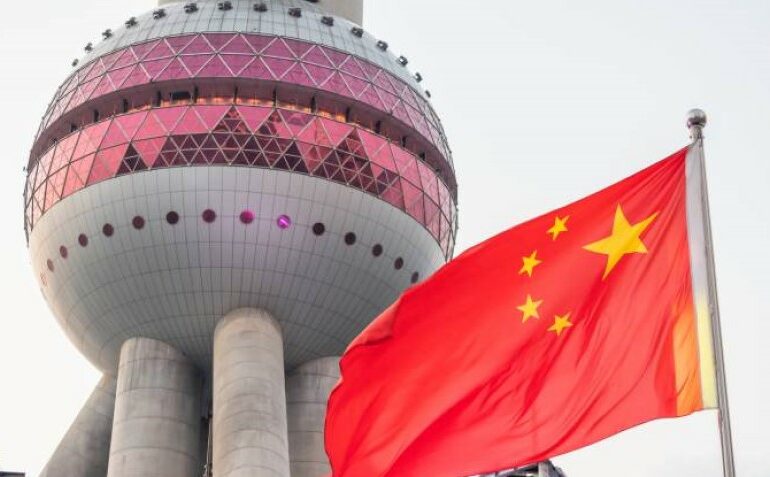- The key reason for slowing import growth is the diminishing role of the processing sector. But imports that feed domestic consumption will continue to rise, with Southeast Asia particularly well-placed to benefit
Judging by China’s export performance in the past two years, there is little evidence that developed countries are decoupling from the country. On the contrary, China’s global market share has risen substantially due to gains in developed markets.
But what about decoupling by China? Is China increasingly turning inward, as some fear, and its growth becoming less import-intensive?
Not obviously, our analysis shows. It is true that the importance of international trade to China’s economy has declined since the mid-2000s. The ratio of exports to gross domestic product fell to 18.6 per cent last year, from 36 per cent in 2006. China’s economy is increasingly dependent on domestic demand.
The decline in the share of external trade was driven by two factors: relative price changes and the economy’s outgrowing of international trade. Since the 1990s, the prices of exports and imports have grown more slowly than domestic prices.
And, after outpacing China’s GDP growth for a long time, trade volume increases have recently started to lag, with exports trailing since the 2008 global financial crisis and imports beginning to lag more recently.
But this decline in the importance of trade doesn’t necessarily say much about Chinese growth becoming more inward-looking. To assess this, we should compare import growth with spending in the economy.
Imports (of goods and services) largely kept pace with China’s total final expenditure (domestic demand plus exports) in real terms until around 2015. But then it started to lag, slowing especially in 2019 and 2020.
The key reason for the slowing import growth is the diminishing role of the processing sector. In the 1990s and early 2000s, China’s processing sector expanded rapidly as global supply chains were routed via its manufacturing sector.
Since the global financial crisis, however, processing exports have grown more slowly. As a result, processing imports have also been sluggish, trailing overall imports and the rest of the economy.
Once we exclude the import of components for China’s “processing” sector, which serves final demand in other countries, the remaining “normal” imports – which go to the domestic economy – have largely continued to grow in line with domestic demand.
We estimate that they came to a halt in 2019 and 2020, but then grew 10.3 per cent year on year in real terms in the first half of this year. And, from 2007-2021, they will have grown 8.4 per cent per year in real terms, compared to 8.1 per cent for average domestic demand. Overall, there is little evidence of the Chinese economy decoupling from the world.
But the export performance to China of individual economies varies substantially. As a result of competitiveness and structural changes, such as the declining role of processing trade, rebalancing and consumption trends, some economies have seen exports to China grow significantly more than for others.
Due to the US-China trade war and the heavy tariffs imposed on US exports to China, North America’s share in China’s imports fell to 7.6 per cent last year, from 8.6 per cent in 2018, although it has recently recovered somewhat.
On the other hand, Europe’s market share has trended up, from around 14.5 per cent in 2007 to 18.1 per cent in 2020, supported by shipments of capital goods and consumer goods, including cars and luxury items, with Germany’s market share rising to 5.1 per cent in 2020, from 4.3 per cent in 2007.
Asia’s market share has fallen from 66.4 per cent in 2006 to around 56 per cent in recent years, in large part due to the diminishing role of processing trade. Indeed, Japan, South Korea and Taiwan have seen their market share fall since the mid-2000s, mostly due to the shrinking role of processing trade.
But the declines seem to have bottomed out, with Taiwan’s share in particular on the rise again recently. Asean has seen a steady rise in its market share, with Vietnam’s share having risen particularly rapidly, and that of Indonesia and Malaysia, too.
The Middle East, which is included in Asia in China’s trade statistics, has a market share of between 4 per cent and 7 per cent, due largely to oil and gas exports.
Looking ahead, China’s movement up the value chain, rebalancing towards consumption and the embrace of national brands look set to put downward pressure on normal imports.
But there are also offsetting forces. First, household income growth tends to lead to more interest in foreign products.
Second, a greater emphasis on environmental protection can also support imports, as in the case of coal, where imports of cleaner, higher grade varieties have risen to replace more polluting domestic coal. Further opening up of the economy should benefit imports.
Overall, while there is a risk that China’s growth will turn more inward-looking, our baseline assumes normal imports will continue to grow broadly in line with domestic demand in the coming years.
While changes in the shares of individual economies in China’s imports are hard to predict, the Association of Southeast Asian Nations should be particularly well-placed to benefit from future import growth in China.
Author: Louis Kuijs, SCMP
Louis Kuijs is head of Asian economics at Oxford Economics



